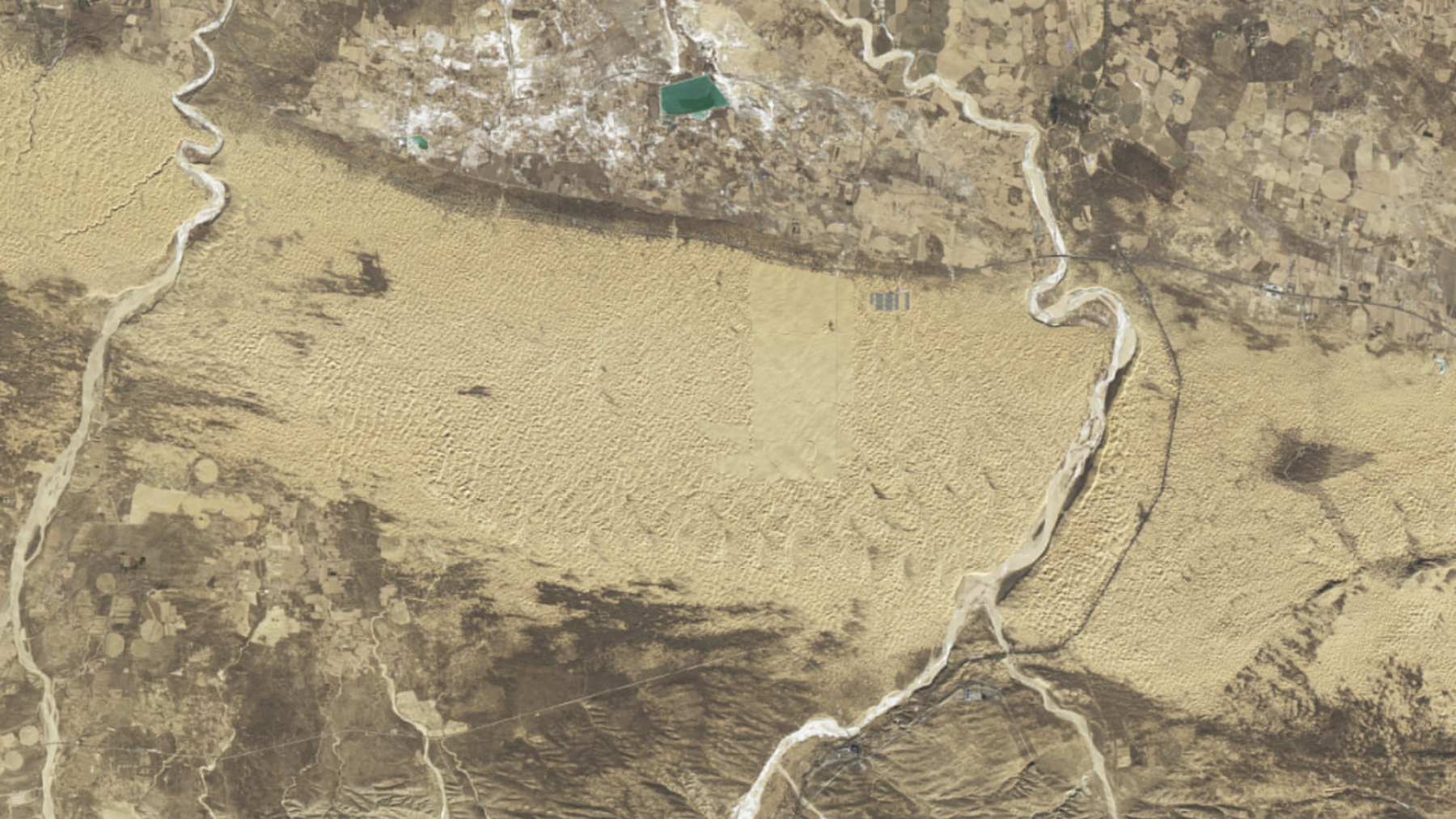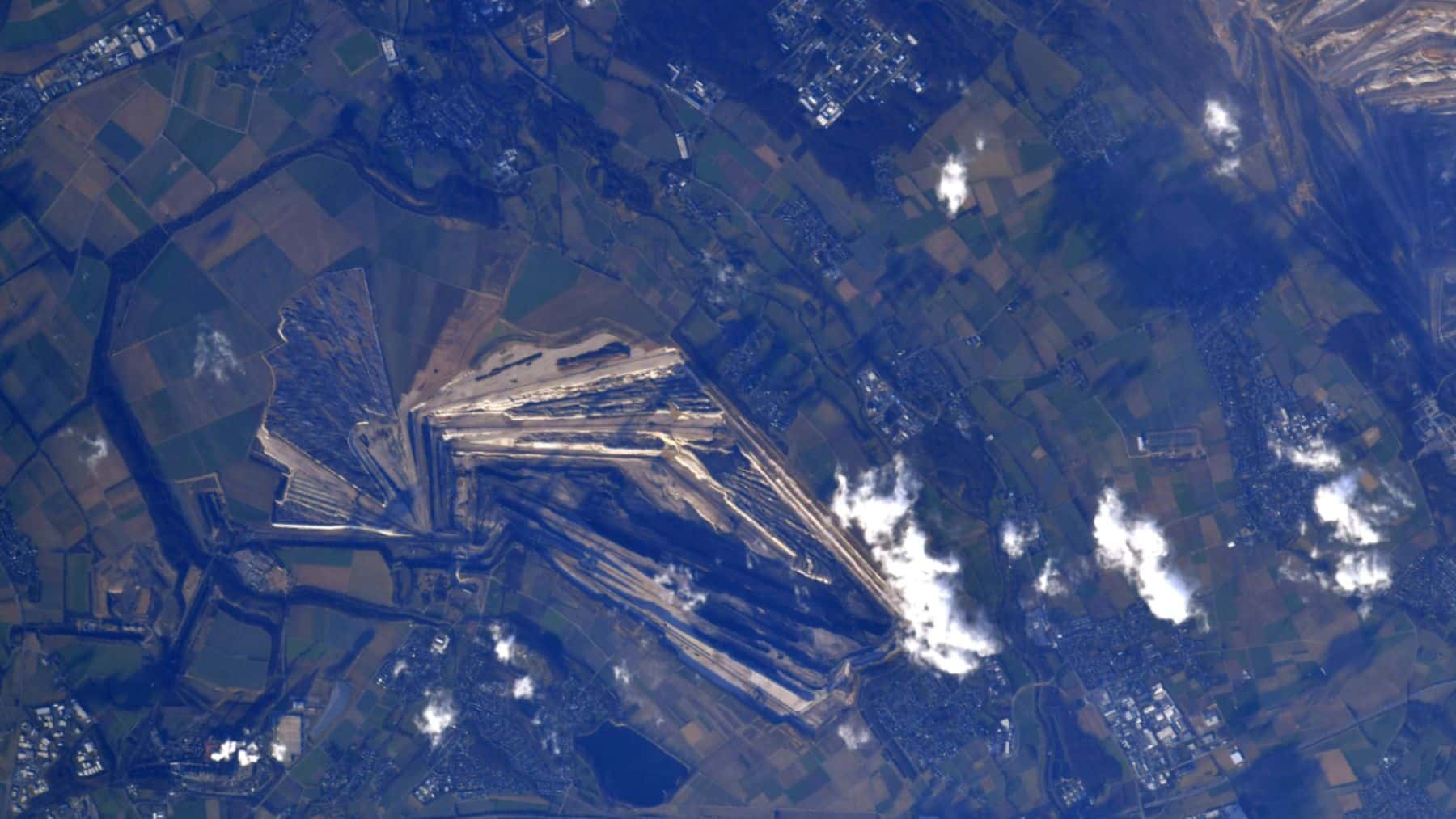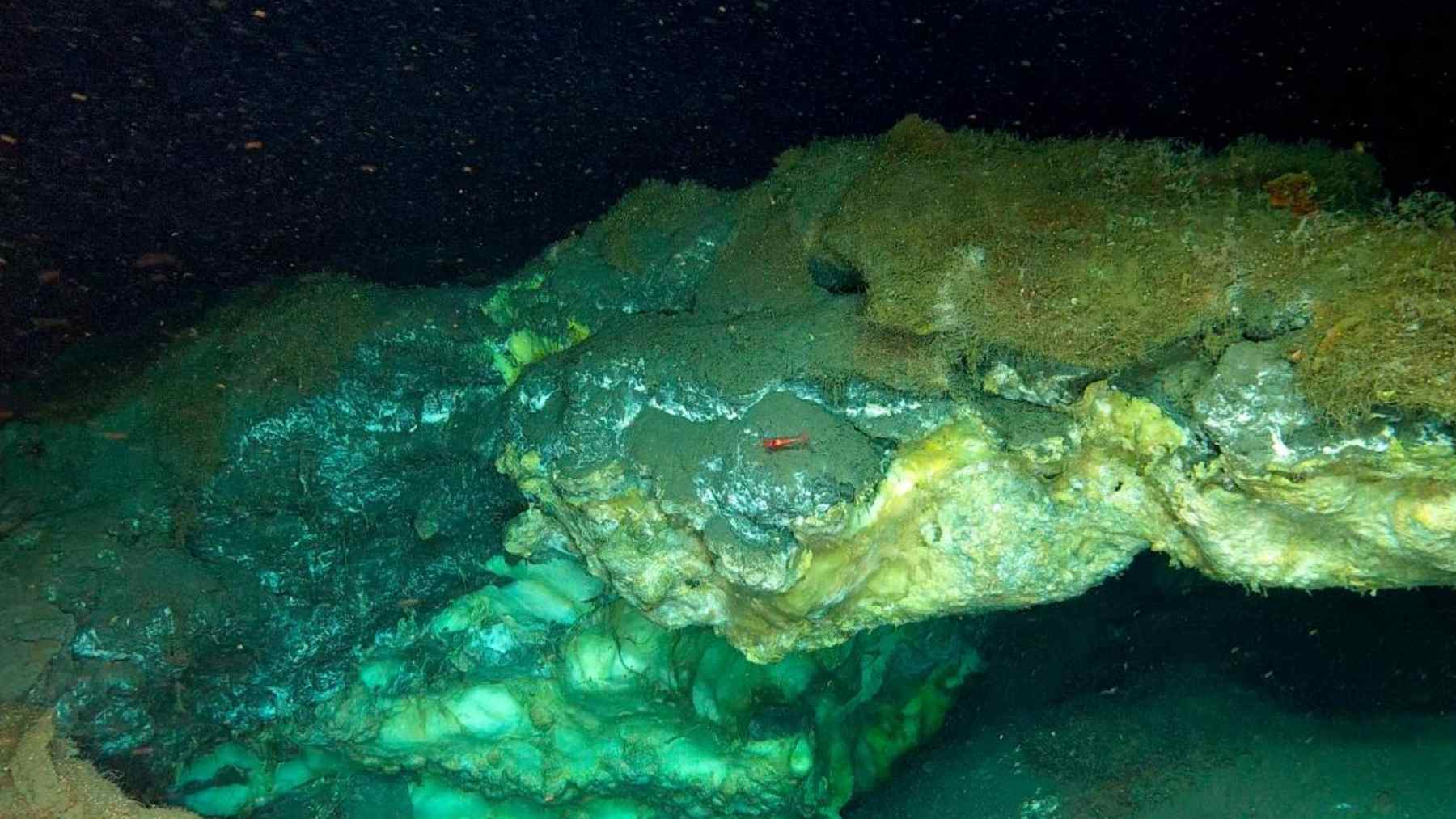China has started construction of the Solar Great Wall, that is been launched in Mongolia’s Kubuqi Desert in the country. In an attempt to generate 100 GW of solar power by 2030, the Solar Great Wall stretches across 400 kilometers. The whole idea behind the project is to transform the desert into a renewable energy hub, but with the project underway, China is setting the standard for mass-scale sustainable infrastructure.
A solar wall is being established where the sea of death was
While the Solar Great Wall is gaining much attention, the Kubuqi Desert was once called the “sea of death” as the dunes were devoid of any vegetation. China is installing a band of solar panels that will be 400 kilometers long and 5 kilometers wide. The whole point is that the Solar Great Wall will provide clean energy to all large cities, including Beijing.
The project was based on the success of the Junma Solar Power Station, that got completed in 2019 and holds the Guinness World Record for being the largest solar panel image projecting a galloping horse made of photovoltaic arrays. From Junma alone, over 2 billion kilowatt-hours were produced annually. With 5,4 gigawatts of capacity already installed, the stage is set for an increase of up to 100 gigawatts, which is expected, and that makes the Solar Great Wall an incredible renewable energy installation.
An entirely novel engineering strategy
When it comes to the Solar Great Wall project, it extends beyond generating electricity. With elevated solar panels, soil evaporation can be reduced, and the project will assist the grass to grow and perhaps vegetation too. Although combating desertification, the Solar Great Wall project is rejuvenating the “sea of death.”
Already, all the planners involved in the project are of the opinion that the solar installations can assist in stabilizing the sand dunes, reducing dust storms, and promoting better agriculture. Already, satellite analysis by NASA and Landsat data has indicated greening in areas of the Kubuqi Desert.
The best part is that jobs are being created by such solar farms in the desert, proving socioeconomic benefits as well. The initiative is giving birth to a model known as agrivoltaics, which combines energy production with sustainable agriculture. China is set on ensuring that stability goals and agricultural progress are occurring within its borders.
China is at the forefront of encouraging sustainable initiatives
China has yet again taken the lead in terms of global solar capacity, accounting for 51% of the global total. The United States is following in China’s footsteps as well. From 2017 to 2023 alone, China added 40,000 megawatts of solar capacity yearly, exceeding the growth of the U.S. for the same duration.
China surely is making the move towards a sustainable energy future; however, in doing so, the country is making its intention of dominating the clean energy markets rather clear. China is building its own Solar Great Wall that is surrounding the country and is fast becoming a beacon of human inventiveness and environmental stewardship.
China’s Solar Great Wall, an attempt at rejuvenating the environment
China’s strategic vision is all too clear with the Solar Great Wall project, which shows that environmental goals can be achieved in no time. In rejuvenating barren desert lands and transforming these lands into thriving powerhouses, China is considering how renewable energy can symbolize innovation that will assist the grid considerably. China’s desert regions are starting to blossom and bloom again, all thanks to the installation of one solar panel at a time. China is surely unveiling the Solar Great Wall, which is set to power the country, and at the same time, China is overcoming desertification and is leading in the solar race in the process.














